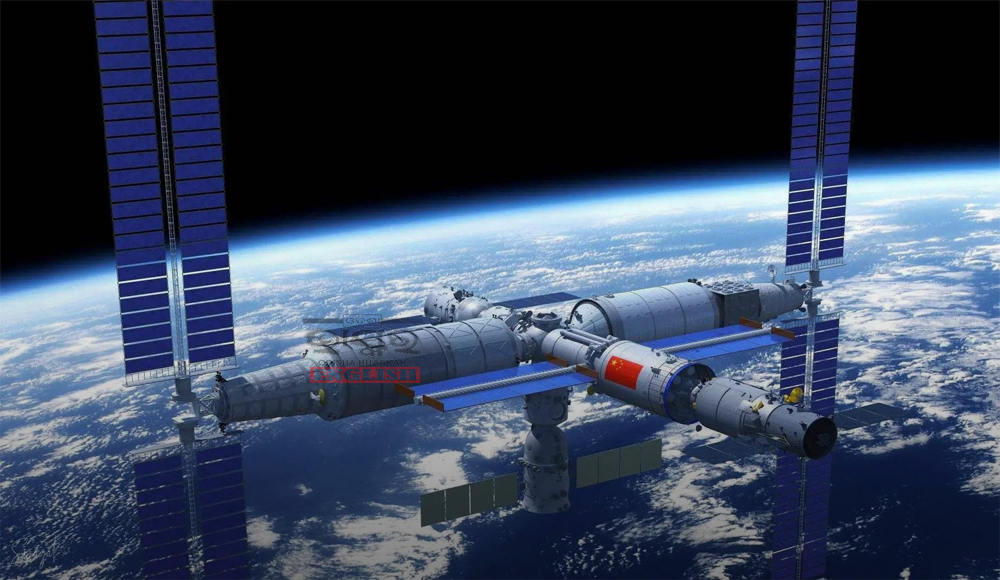Beijing: China has announced plans to expand its space station, Tiangong, from three modules to six in the coming years, offering an alternative platform for near-Earth missions as the NASA-led International Space Station (ISS) approaches the end of its operational lifespan.
The China Academy of Space Technology (CAST) has confirmed that the operational lifetime of Tiangong will exceed 15 years, extending beyond the previously announced 10 years. Tiangong has been fully operational since late 2022 and can host up to three astronauts at an orbital altitude of up to 450 km.
After its expansion, Tiangong will reach a mass of 180 metric tons, which is still only 40% of the ISS’s mass. However, the ISS, which has been in orbit for over two decades, is expected to be decommissioned around 2030, coinciding with China’s goal to become a “major space power.”
While China had expressed its willingness to collaborate with other countries on its space station, the European Space Agency (ESA) recently announced that it lacks the budgetary and political approval to participate in Tiangong. This decision has been attributed to the growing competition and geopolitical tensions in space activities.
China’s Tiangong space station has emerged as a symbol of the country’s growing influence and confidence in space endeavours, challenging the United States in the field. However, due to U.S. laws, direct or indirect collaboration between NASA and Tiangong is prohibited.
Meanwhile, Russia, a participant in the ISS, has also unveiled plans for its own space station, potentially involving partners from the BRICS group, which includes Brazil, India, China, and South Africa. Roscosmos, the Russian space agency, aims to construct a space station consisting of six modules capable of accommodating up to four cosmonauts.





Comments are closed.